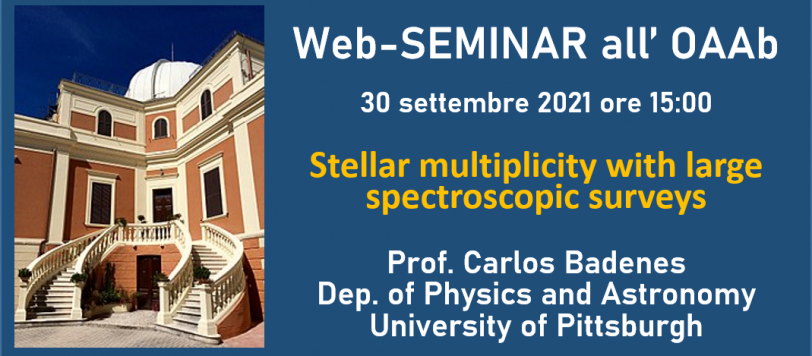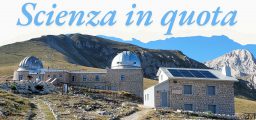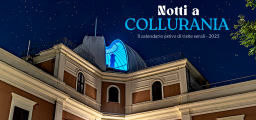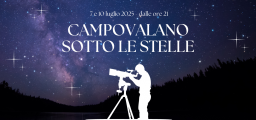Stellar multiplicity with large spectroscopic surveys

Giovedì 30 settembre alle ore 15:00, il Prof. Carlos Badenes del Deparment of Physics and Astronomy University of Pittsburgh (USA), terrà il web-seminar dal titolo: Stellar multiplicity with large spectroscopic surveys.
Abstract
I will discuss our present knowledge of the statistics of stellar multiplicity (the multiplicity fraction and the distribution of periods, mass ratios, and eccentricities), and the implications for stellar evolution, in particular for Type Ia Supernovae (SN Ia). I will describe how multi-epoch radial velocity measurements from large spectroscopic surveys can open a new observational window on stellar multiplicity, and present two case studies: white dwarfs in SDSS/SEGUE, and main sequence and red giant stars in SDSS/APOGEE. For the white dwarfs, we can measure their merger rate and evaluate their viability as Type Ia SN progenitors. For the main sequence and rad giant stars, we can explore the interplay between stellar evolution and stellar multiplicity, evaluate the rate of stellar mergers, and investigate the strong relationship between chemical composition and the multiplicity fraction. I will also describe how the APOGEE analysis led to the discovery of the first non-interacting stellar mass black hole.
Web-seminar ad accesso riservato.






Comments are closed.